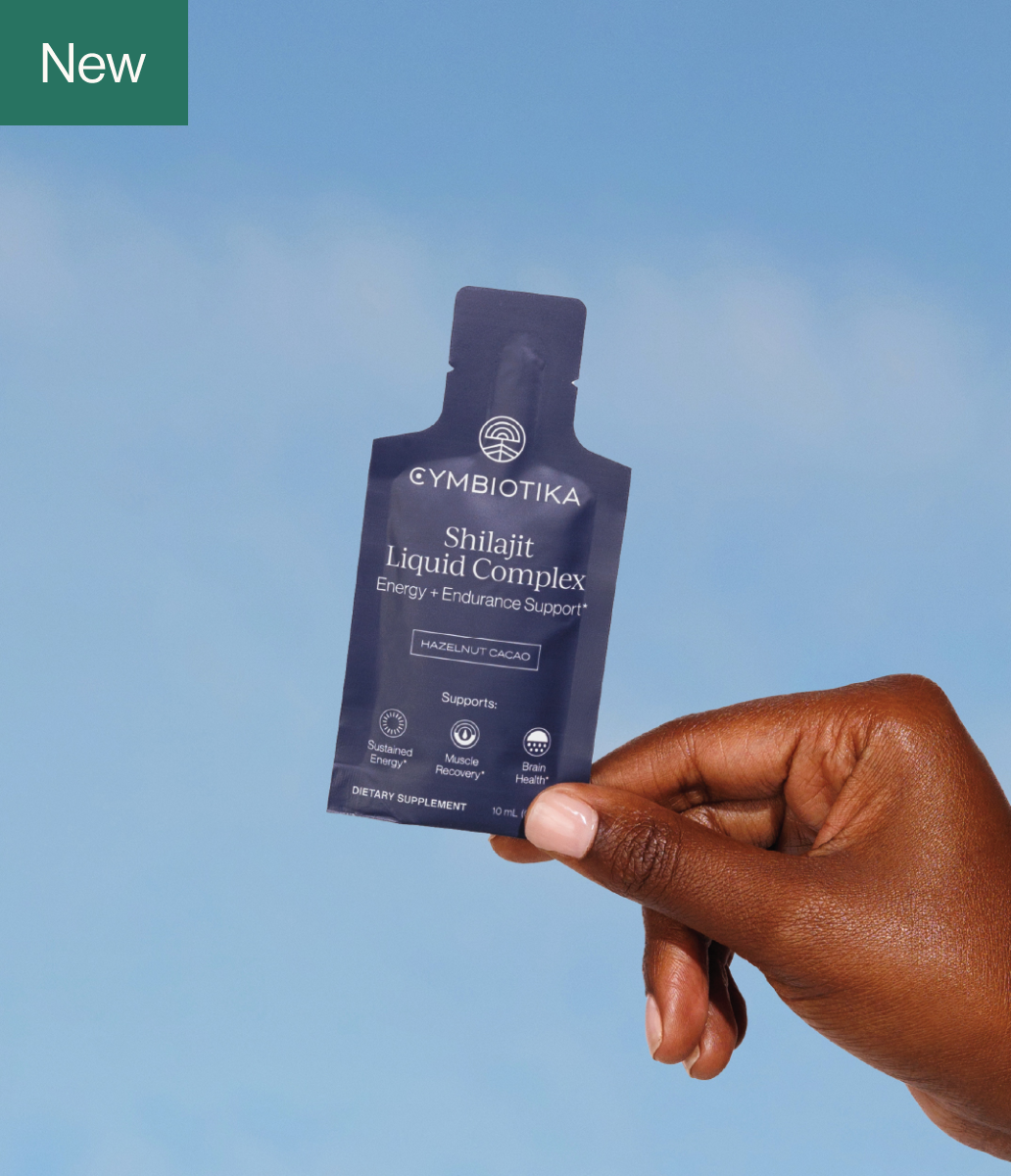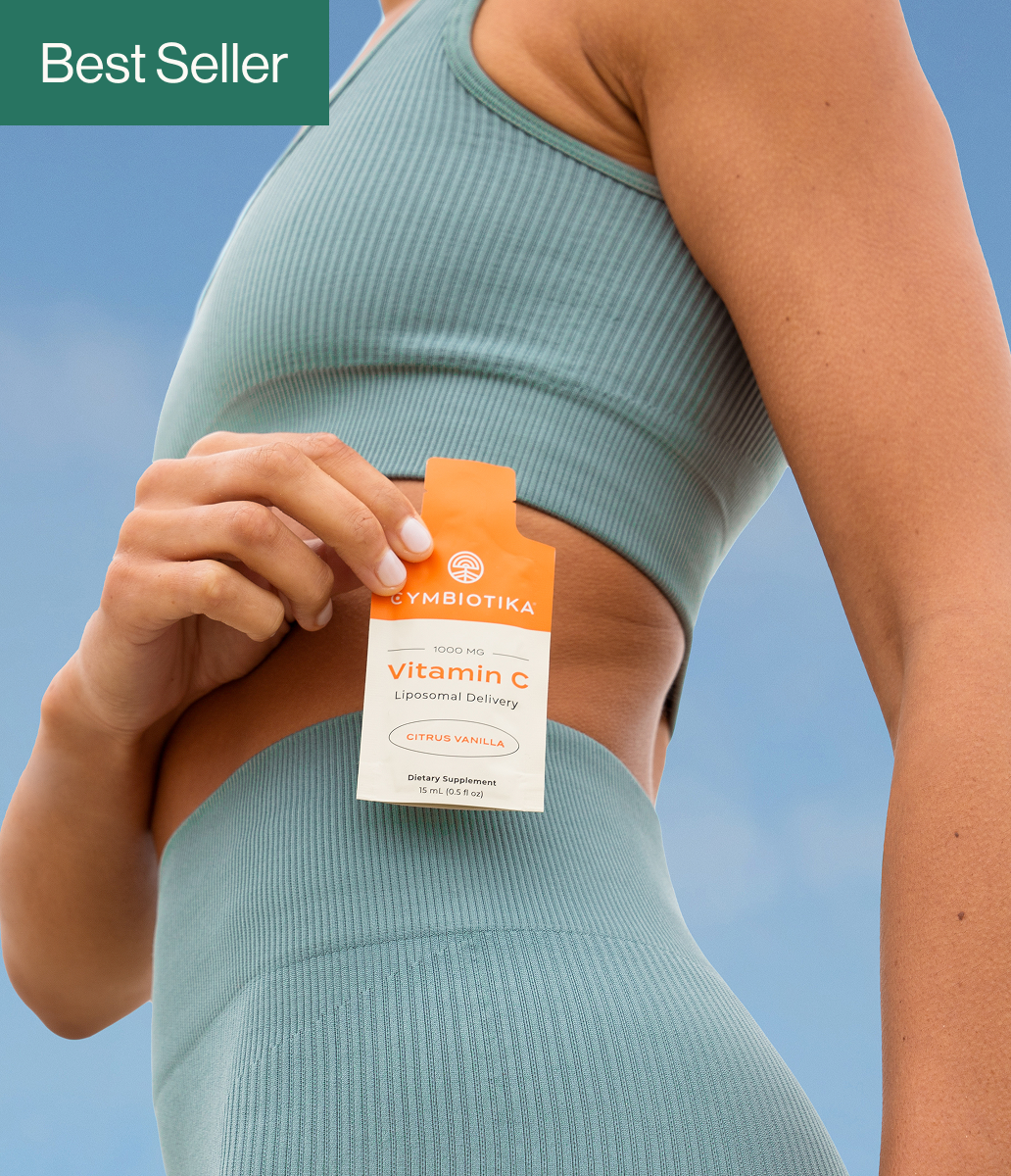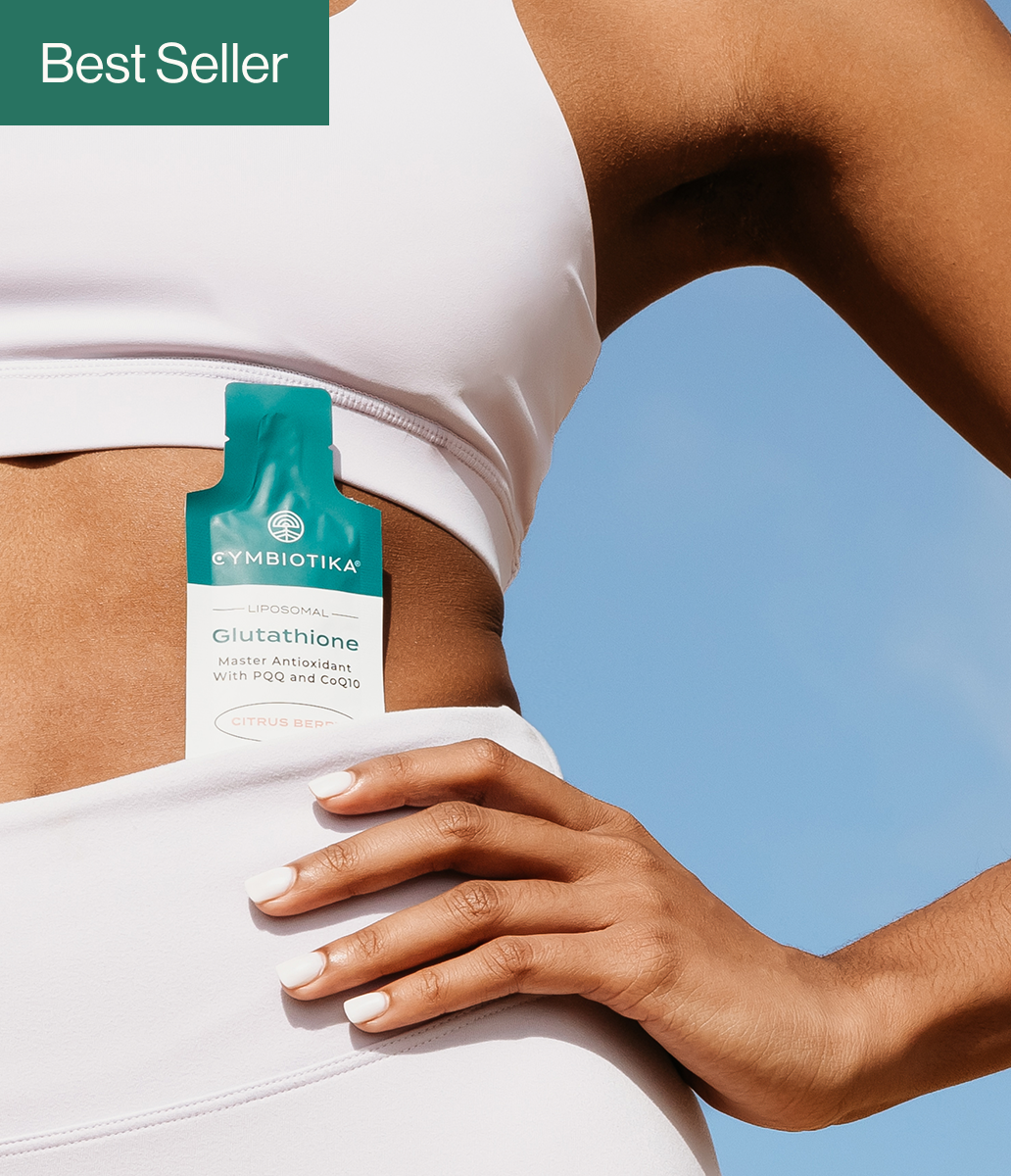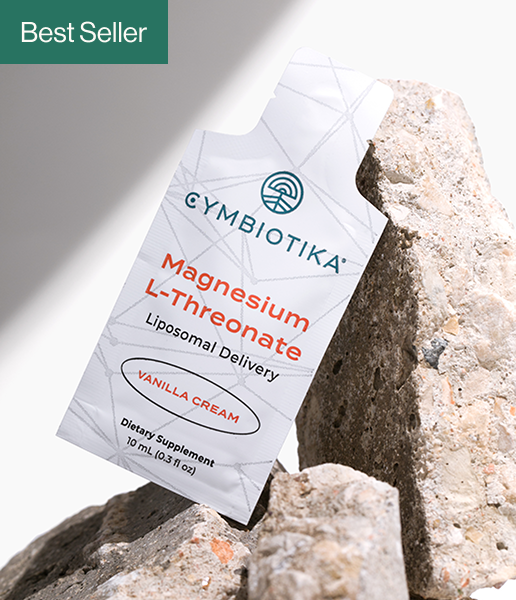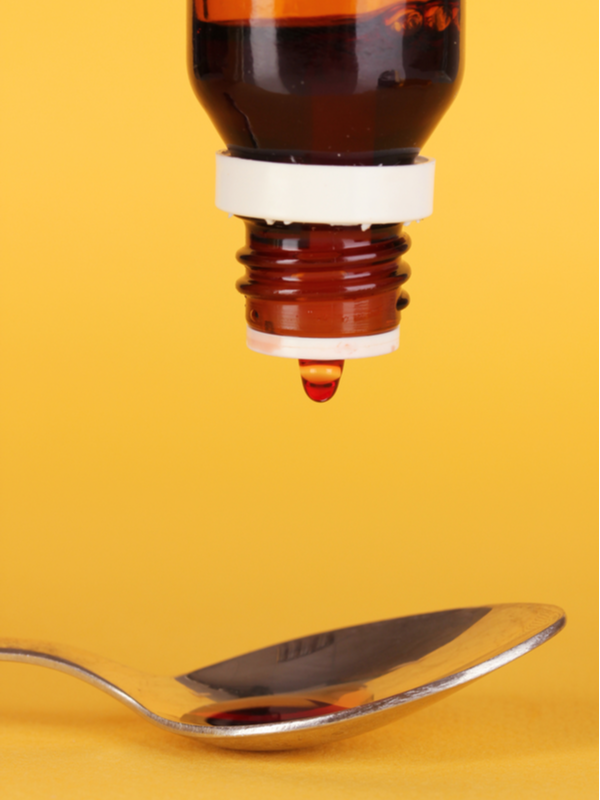
It’s safe to say that vitamins are an important part of our everyday nutrition. Between healing wounds, boosting our immune system, maintaining tissue health, and providing energy, the question is no longer whether or not we need vitamins (because we can collectively recognize that the answer is a resounding yes) but something else entirely.
The question is: How do we best absorb the vitamins we already recognize as essential?
This might come as a surprise, but if you’re used to taking your vitamin supplements as swallowable pills or chewable gummies, it might be time to reconsider. Liquid vitamins can be more effective than their pill form.
How so? Let’s dive in.
The Benefits of Liquid Vitamins
The answer to “are liquid vitamins better absorbed than pills?” is simple: yes. The more interesting question, however, is what makes them better?
To that end, let’s cover all of the factors that make liquid vitamins a more sensible choice.
#1 Better Absorption & Bioavailability
Every time we eat a meal, our body begins the lengthy and complex process of breaking down our foods into nutrients—proteins into amino acids, starches into simple sugars, fats into fatty acids—so that they can be absorbed and utilized. Check out our blog on how to increase protein digestion and absorption for more information on this topic!
When you swallow something whole, including a pill, it can’t be absorbed until it’s fully digested.
Okay, so it takes a little longer to access the nutrients of a vitamin pill. So what, right?
That’s not all there is to it. Our body only has so much time to break down and absorb the nutrients before the pill passes all the way through our digestive system and out the other side. Essentially, it’s our stomach against a ticking clock. If time runs out and the vitamin hasn’t been fully digested, then we’ll only be able to absorb a small portion of the nutrients. That means the vitamin we just took was only marginally effective. See our blog on how to boost nutrient absorption for more information on this topic.
In fact, several studies have shown the poor absorption rates of many pill vitamins:
- Two different multivitamin companies were studied in 2017. Both of their products failed to break down fully within 30 minutes, which is the time allotted by the U.S. Pharmacopeia. Another half-hour later, they still hadn’t dissolved all the way.
- The same phenomenon was true for vitamins and minerals used in Canada. After 20 minutes, 21 out of 39 tablets plus four out of ten capsules hadn’t disintegrated. The researchers performed a secondary test on only the failed pills and found that nine of the tablets still didn’t fully disintegrate.
Quite simply, if our body can’t digest something, it certainly can’t absorb it. That’s what’s happening with far too many pill vitamins.
As a stark point of contrast, liquid vitamins have incredibly high absorption rates. When our digestive system doesn’t have to do the hard work of, well, digesting, the contents can be almost immediately absorbed through our small intestine. Even though liquid vitamins are easier to digest, don’t forget to incorporate healthy gut supplements into your diet to improve your digestive system further.
In the race against time, our stomachs will always win.
This means we can actually soak up all or almost all of the available nutrients. According to the Physician’s Desk Reference, that amount is as high as 90% in half a minute for liquids, and as low as 10% in pills over a much longer period of time.
#2 Fast-Acting Results
Time is a factor in how much of the vitamin can be absorbed but also in how fast you notice the effects.
If you’re taking vitamin B12 for energy, for example, you don’t want to wait half the day to notice only marginal effects. You want to be able to start your day with a boost of vitality from the moment you ingest your liquid vitamin.
#3 Purer Composition & Synergy
When you look at the ingredient list of a vitamin capsule, you might see an “active ingredient,” followed by a bunch of hard-to-pronounce names that, quite frankly, sound like made-up gibberish. Before you jump to conclusions, many of these unfamiliar words have potent health-promoting effects. However, many are just used to fill space or bind compounds together.
Put simply, they don’t increase the value of the vitamin. They might even decrease it, and make them harder to digest.
Here are four of the primary ingredients that you don’t have to worry about with liquid vitamins:
-
Binders – This adds more than shape and structure to the pill—it adds risky and unnecessary additives like titanium dioxide, talc, and hydrogenated oils. Besides, anything that acts as a “glue” for your vitamin undoubtedly makes it harder to eventually break apart, which is the ultimate goal.
-
Coatings – To make pills easier to swallow, many companies cover them with a smooth substance. These can be made of gelatin, which many people are sensitive to, or even plastic, which can interfere with your body’s digestive capabilities.
-
Fillers – Also known as bulking agents, fillers are exactly as extraneous as they sound. They’re like extra padding that surrounds the important active ingredient to make the supplement seem full and hearty. But again, when companies use less-than-healthy fillers, it does a lot more harm than good.
- Dyes – Some artificial coloring is perfectly safe but other dyes are decidedly less so. Pretty-colored vitamins just aren’t worth whatever harmful additives it might take to arrive at that bright orange color or beautiful purple hue.
Anything that bulks, fills, binds, or coats your vitamin also has to be broken down during digestion. The more there is to disintegrate, the longer it takes. And as we’ve covered, the longer it takes, the fewer nutrients are available to be absorbed. See our blog article on how to increase vitamin absorption for more information on this topic.
Liquid vitamins, on the other hand, are much more concentrated. The recipes can be simpler, with opportunities for heightened nutritional synergy. Synergy occurs when all of the components work cohesively to improve health outcomes, rather than some adding value and others detracting from it.
#4 Easy for Anyone to Take
We all seem to go through an inevitable phase of childhood where we just can’t swallow pills. The bigger the capsule, the more we fight it. So when we get sick and have to take antibiotics, for example, does our doctor throw their hands up in frustration and claim there’s nothing they can do?
Absolutely not. They give us liquid medication instead. Easy as that!
With liquid vitamins, all you have to do is squeeze a spoonful or pour it into a cup and swallow. Technically, this isn’t directly related to absorption in that it’s more about someone’s personal preference and their ability to swallow pills. However, if you can’t actually ingest the vitamin supplement—which is the case for many children and elderly folks—then you’re certainly not absorbing the nutrients either.
The Best of the Best: How to Choose the Right Liquid Vitamin
On the whole, we can conclude that liquid vitamins are more effective than pills. But as with anything else, there’s a hierarchy within that.
To find supplements that offer the best possible absorption, look for these key features:
-
Made with the most bioavailable forms of vitamins – There are already so many vitamins on the market, but each vitamin type—C or B12 or K, for example—comes in various forms. For premium absorption, look for versions that have high bioavailability. Some top choices include:
- Coenzyme forms of B12, including methylcobalamin and adenosylcobalamin
- Folate (also called L-methylfolate), the most easily converted form of B9
- Vitamin K2 in its MK-7 form
-
Uses advanced liposomal or micelle technology – Vitamins encased in liposomes aren’t as easily subjected to breakdown by stomach acid, meaning the nutrients can travel all the way into the lower gut, where they’re better and more fully absorbed. Micelles, similarly, have had positive effects on the bioavailability of virtually every type of drug administration—naturally, liquid vitamins are no exception.
-
Formulated with organic, non-toxic ingredients – Unfortunately, we can’t drink straight vitamins. That’s why every supplement has some amount of other ingredients. The trick is to find products with natural coloring and flavoring, a neutral carrier like purified water rather than alcohol, and organic, GMO-free additives, if any at all.
- Lab-tested for purity – All of these benefits don’t add up to much if the product you’re purchasing isn’t exactly as it claims to be. Buying reputable supplements that have been evaluated by third-party labs should give you the peace of mind you need to know that what you read on the bottle is what you’re actually putting in your mouth.
Where can you find all this and more? That’s the easiest question so far.
Cymbiotika: the Ultimate Liquid Vitamin Supplements
With a lengthy checklist like the one above, it’s not always easy to find a liquid vitamin that meets your many needs. Luckily, we’ve done the searching for you: try the Synergy Vitamin B12, with micelle technology, and our Synergy Liposomal Vitamin C.
With our top-notch delivery systems, the most bioavailable vitamin forms you can find, and of course, all the standard benefits that come with any health-promoting liquid supplement, you’ll be well on your way to reaching peak absorption in no time.
Your body already does so much for you. Give it a break when it comes to digestion and absorption—give it Cymbiotika.
Sources:
Consumer Lab. Are liquid vitamins better than pills? https://www.consumerlab.com/answers/are-liquid-vitamins-better-than-pills/liquid-vitamins/
Journal of Pharmacy & Pharmaceutical Sciences. Investigation of vitamin and mineral tablets and capsules on the Canadian market. https://pubmed.ncbi.nlm.nih.gov/16849007/
Medicare Europe. Liquid Extracts Vs. Capsules/Tablets. https://medicare-europe.co.uk/science-clinical-data/liquids-vs-pills.html/
Nutrition Journal. Comparison of menaquinone-4 and menaquinone-7 bioavailability in healthy women. https://nutritionj.biomedcentral.com/articles/10.1186/1475-2891-11-93
Integrative Medicine: A Clinician’s Journal. Liposomes as Advanced Delivery Systems for Nutraceuticals. https://www.ncbi.nlm.nih.gov/pmc/articles/PMC4818067/
Nanostructures for Cancer Therapy. Inferfacial engineering of nanoparticles for cancer therapeutics. https://www.sciencedirect.com/topics/medicine-and-dentistry/micelle